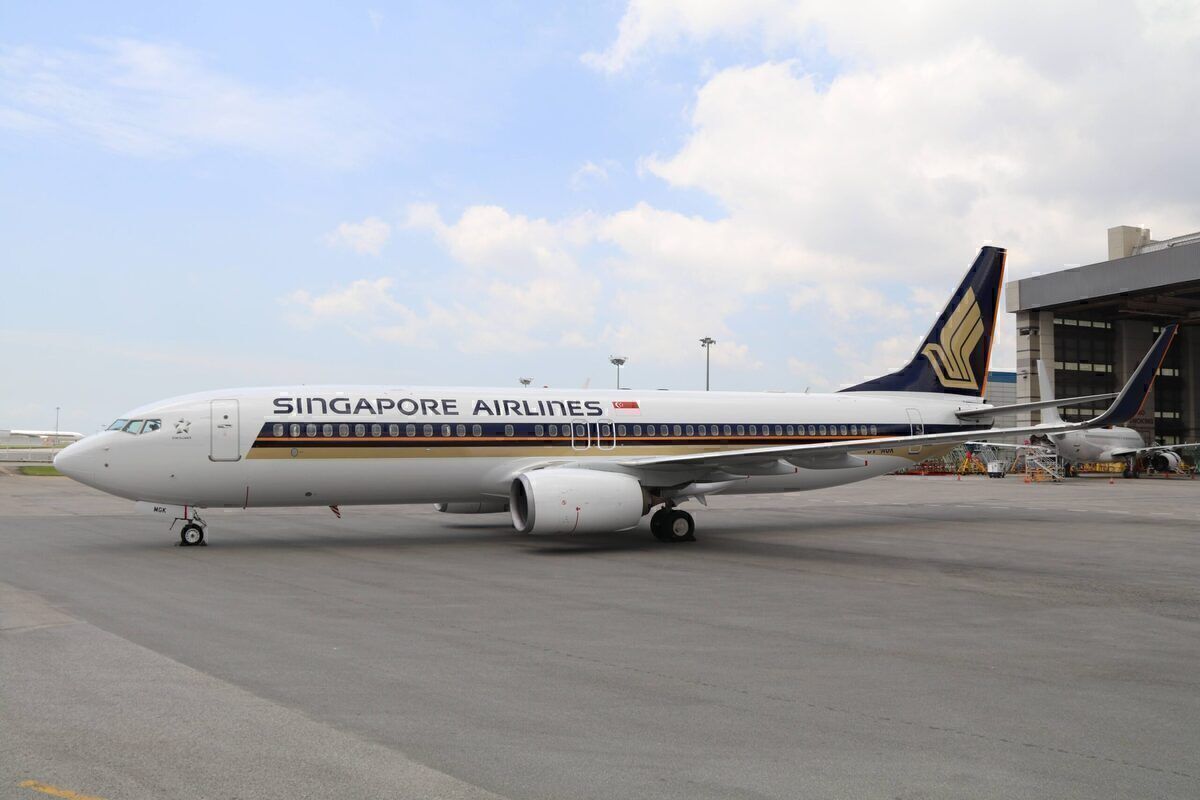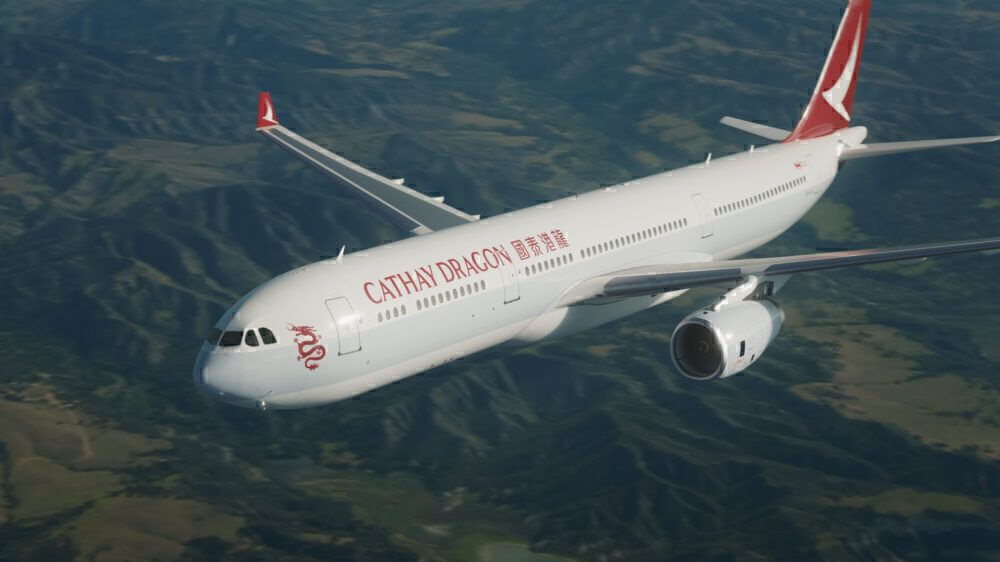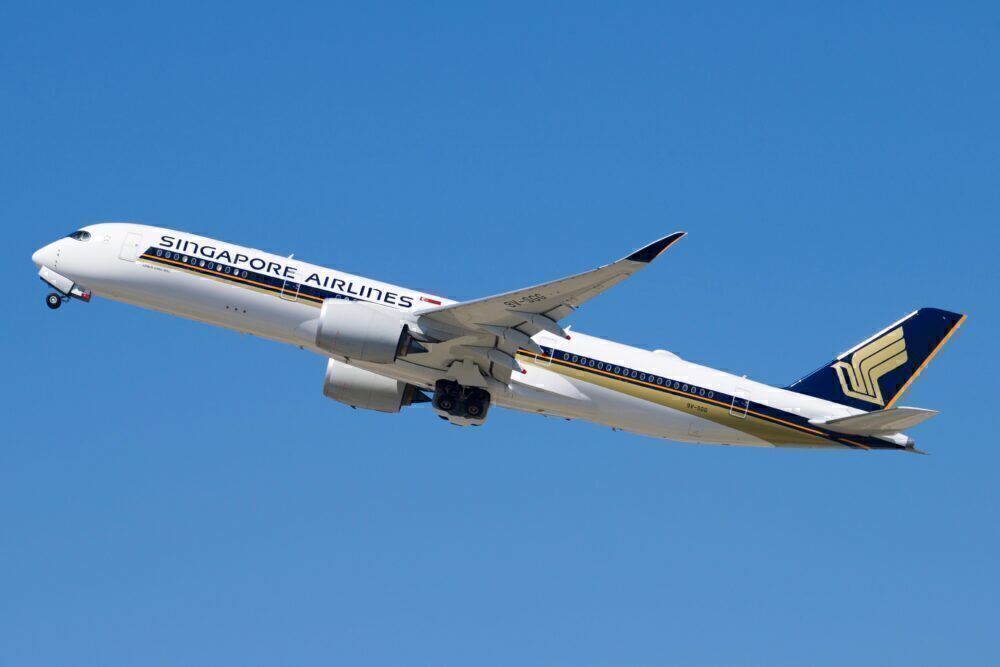It would be an understatement to say COVID-19 has fundamentally changed aviation for years to come. The changes have been particularly noticeable in large hub-and-spoke airlines globally, which have changed strategy quickly. So why are hub airline airlines taking on narrowbodies and shuttering subsidiaries?
Costs
One of the key benefits of shutting subsidiaries during COVID-19 is the reduction in cost for airlines. Operating two airlines with separate fleets, management teams, and crews increase expenses dramatically, at a time when traffic is at a record low and reducing cash burn is the top priority.
Once the subsidiary is shuttered, airlines have the chance to ax jobs from the carrier and possibly retire its planes. Cathay Pacific recently made this decision, shutting down its popular regional subsidiary Cathay Dragon. The move meant that the airline axed thousands of jobs at the airline and has left the future of most of its fleet in doubt.
The reality of COVID-19 means that airlines no longer need two separate carriers at a time when demand is negligible. Singapore Airlines had already announced plans to merge its subsidiary SilkAir into the parent airline back in 2018, likely for similar cost reduction and fleet flexibility reasons.
Fleet flexibility
At the start of 2020, airlines worldwide began parking up their high-capacity widebodies like the A380, A350, and 777s as demand fell. In lieu of those, planes like the A220, A320, and 737 took center stage, flying as many routes as possible within their range.
However, hub airlines like Emirates, Singapore Airlines, and Cathay Pacific didn't have this opportunity. With no domestic market, these carriers never operated narrowbody aircraft, focusing on widebodies for hub operations. However, COVID-19 quickly exposed the flaws in this plan and pushed airlines to make changes.
Both Singapore Airlines and Cathay Pacific have added narrowbodies to their fleets in the last few months. They also plan to continue adding more of these aircraft in the future by taking over orders for their subsidiary airlines. Cathay Pacific will take on more A321neos from Airbus, while Singapore Airlines will add the 737 MAX to its fleet (along with ex-SilkAir 737-800s).
Perhaps the most recognizable hub airline in the world, Emirates, is also looking to change gears. While the airline isn't giving up on its all-widebody strategy, it is already considering plans to switch some of its 777Xs to the smaller 787.
Smart move
While airlines have made such drastic changes due to the pandemic, they will pay off in the long term. Having a flexible fleet will mean airlines won't be boxed into flying unprofitable routes and can match demand to capacity much more efficiently. Speaking to Simple Flying about the recent changes, former COO of Vistara and Alton senior advisor Sanjiv Kapoor said,
"[The decision to operate only widebodies] was more of a branding choice rather than airlines not knowing about the benefits of narrowbodies. But the reality has set in that airlines can't let marketing and branding dictate strategy anymore."
While the decision to add narrowbodies will mean that hub airlines will lose some of their premium status, it will allow them to add new routes and frequencies instead. COVID-19 seems to have sped up the inevitable by forcing airlines to merge subsidiaries. From now on, expect to see a lot more smaller aircraft carrying the liveries of the world's best airlines!
What do you think about hub airlines' decision to merge fleets and close subsidiaries? Let us know in the comments!



